Introduction — Why Connectivity Matters for Oral Care
A modern Bluetooth electric toothbrush does more than vibrate; it pairs with a mobile app to provide a brushing report and enable real-time app syncing of usage data. For brands considering an OEM smart toothbrush partnership, these connected features can translate into measurable user benefits — better technique, longer brushing time, and clearer compliance — if you design them right.
First, Bluetooth turns brushing into measurable data. Sensors in the handle capture duration, pressure, orientation, and coverage. Then, the device transmits that data to an app via Bluetooth. Consequently, the app can generate a brushing report that shows missed zones and timing. Therefore, users gain actionable feedback rather than vague advice, and brands gain a clear value proposition to market.
A meaningful brushing report goes beyond time logs. For effectiveness, include quadrant coverage heat maps, average pressure levels, mode usage (sensitive/whitening), and improvement trends over time. Moreover, provide simple tips and short goals — for example, “Spend 15 more seconds on lower-left quadrant.” In short, detailed reports with clear calls to action encourage better brushing accuracy and long-term habit change.Company web:http://powsmart.com
Next, app syncing must feel seamless. If pairing fails or data lags, users stop engaging. Therefore, implement reliable reconnection flows, low-power Bluetooth profiles (BLE), and background sync options. Additionally, design the app UX so that reports summarize key insights up front, then allow deeper drill-downs. In practice, strong app syncing and a clean UX lift retention, which directly increases the real-world impact of a Bluetooth electric toothbrush.
When you source an OEM smart toothbrush, insist on robust hardware: accurate IMU (orientation) sensors, reliable pressure sensors, and enough on-board memory to buffer data. Moreover, firmware must timestamp events, debounce noisy signals, and compress telemetry to save power. Importantly, ask OEMs for over-the-air (OTA) firmware update support so you can refine algorithms post-launch. In short, hardware + firmware quality determines whether connected features genuinely improve brushing accuracy.
Furthermore, connected oral care creates data responsibilities. If your product stores or transmits personal brushing patterns, you must address privacy (GDPR, CCPA) and medical-device implications in some markets. Therefore, require your OEM smart toothbrush partner to document data flows, offer secure BLE encryption, and provide options for anonymized analytics. Above all, communicate privacy clearly to customers to build trust and improve adoption of the brushing report features.
Finally, use this practical checklist when vetting suppliers:
Request sample app syncing demos and end-to-end telemetry logs.
Verify sensor specs and ask for raw-data export to validate accuracy.
Confirm OTA firmware, BLE stability testing, and power-consumption profiles.
Review data security measures, certifications, and compliance support.
Ask whether the OEM provides white-label app templates or SDKs for faster brushing report rollout.
By doing so, you choose an OEM smart toothbrush partner who can deliver a reliable Bluetooth electric toothbrush that truly improves brushing accuracy and drives repeat purchases.
Conclusion
In conclusion, Bluetooth connectivity can significantly improve brushing accuracy — but only when brands pair high-quality sensors with intelligent brushing reports, seamless app syncing, and responsible data practices. Therefore, select an OEM partner that demonstrates both technical rigor and product experience design. Doing so will turn connected features into measurable benefits for users and a strong differentiator for your brand.
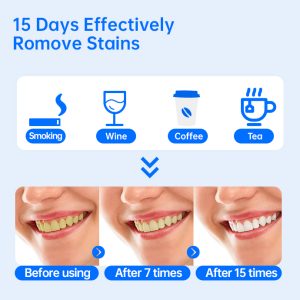

How Does an NYC quiet toothbrush Work as an NYC apartment toothbrush?
Travel Electric Toothbrush with Case – Compact & Rechargeable B2B Supply
Professional-Grade Electric Toothbrush for Clinics – Reliable OEM Equipment for Dental Practices
.webp)
Choosing a Smart Toothbrush Manufacturing Partner?

Why are the factory prices of electric toothbrushes so different?
.jpg)
Is an LA affordable toothbrush available at LA store toothbrush locations?
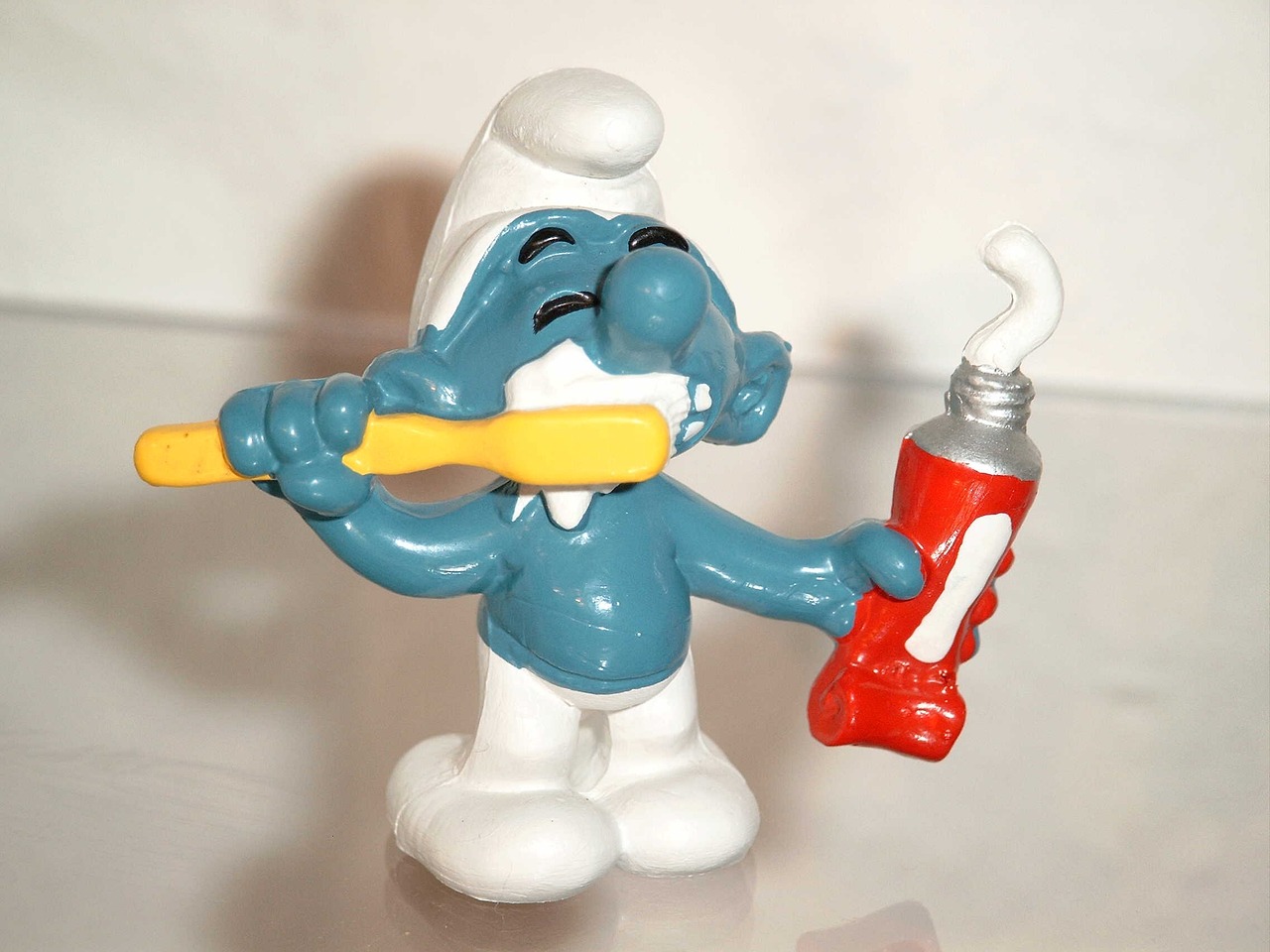
How Much Does It Cost to Manufacture a Toothbrush?
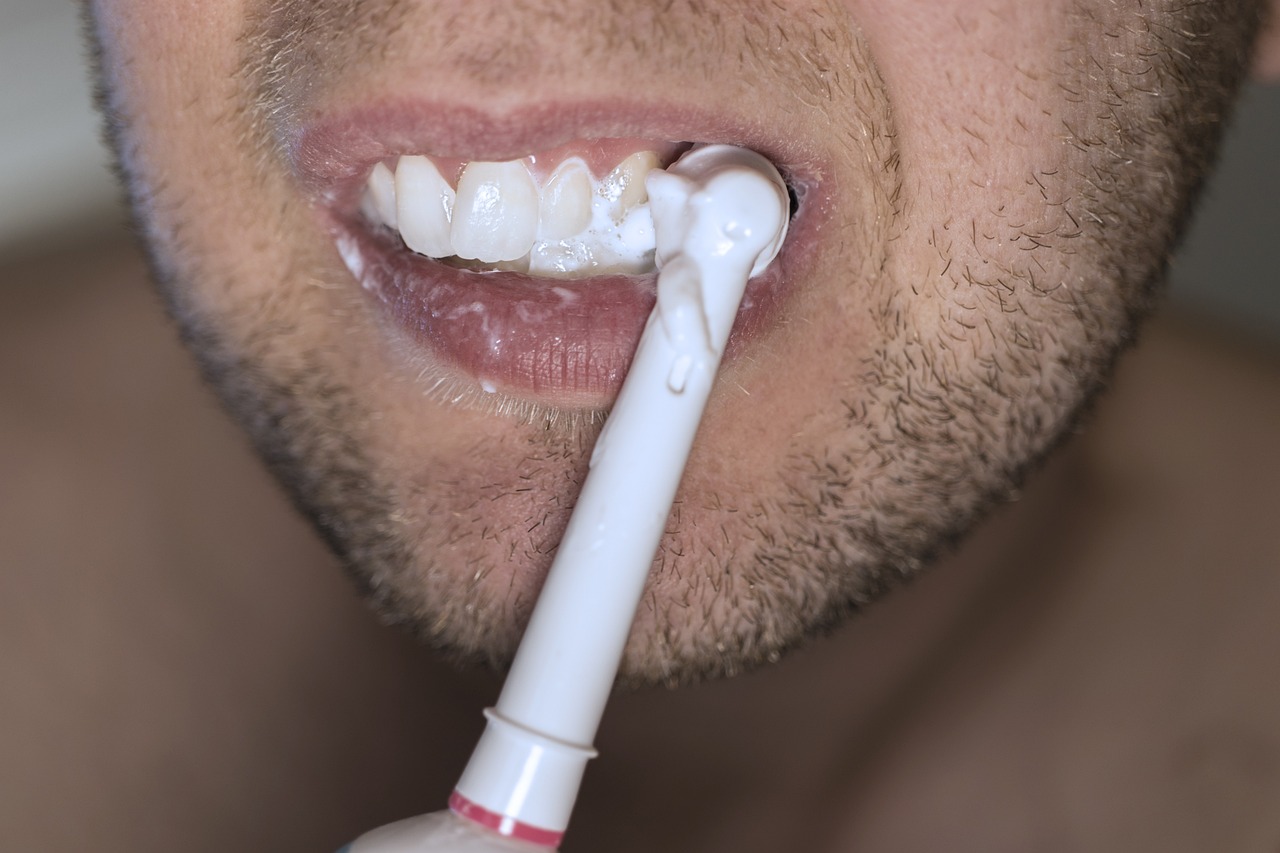
Is the Electric Toothbrush Market Growing?
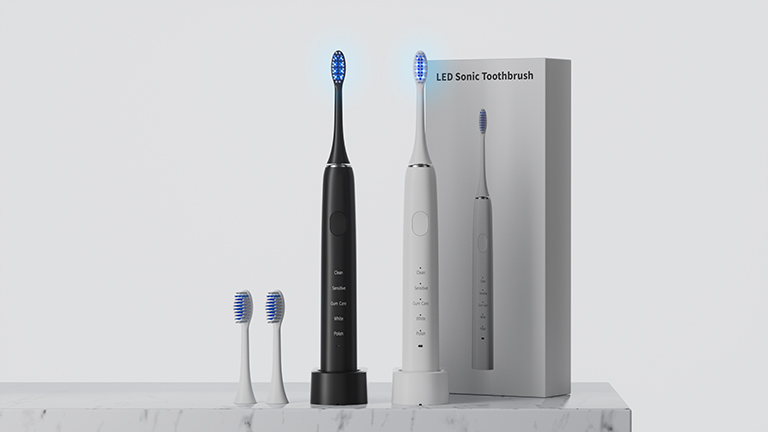
The Truth About Blue Light Whitening in OEM Electric Toothbrushes
.jpg)
Can Your Private label toothbrush production Scale ?
.jpg)
Texas Electric Toothbrush – Powsmart PTR-C8 Long Battery
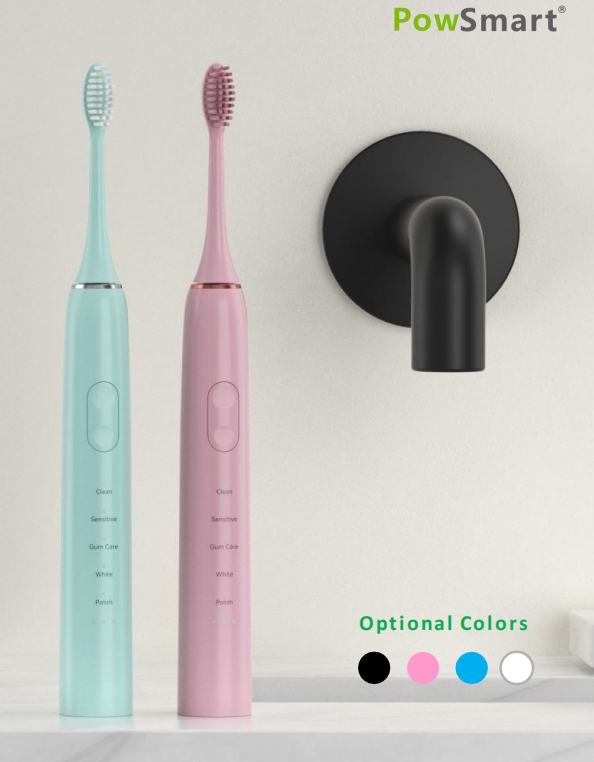
Is Long Battery Life Reliable?

What is the Electric Toothbrush Market Forecast?
.jpg)
sonic electric toothbrush Tacoma

SF toothbrush deals vs. San Francisco sale — which is better?
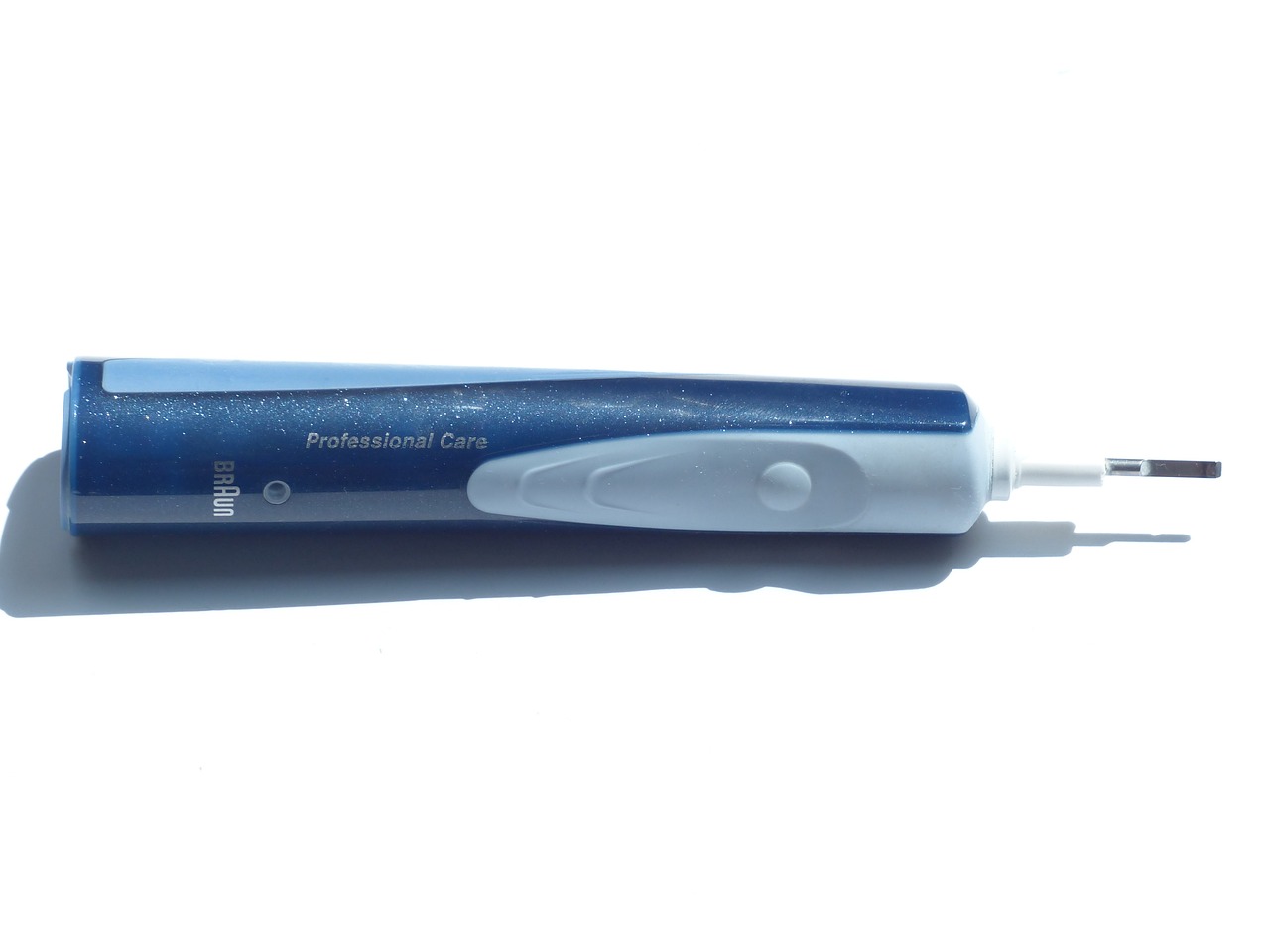
7 Reasons to Start Your Electric Toothbrush Business in 2023

electric toothbrush heads Ultra Soft

electric toothbrush heads Deep Clean

electric toothbrush heads Charcoal Infuse-Round

Customization Teeth Whitening Gel

Private Label Whitening Gel
.jpg)
Florida Electric Toothbrush – Powsmart PTR-C8

electric toothbrush heads Regular Clean

Electric toothbrush heads Charcoal Infused-Diamond
whstapp
whstapp
National Toll-Free Service Hotline
+86 755 86238638